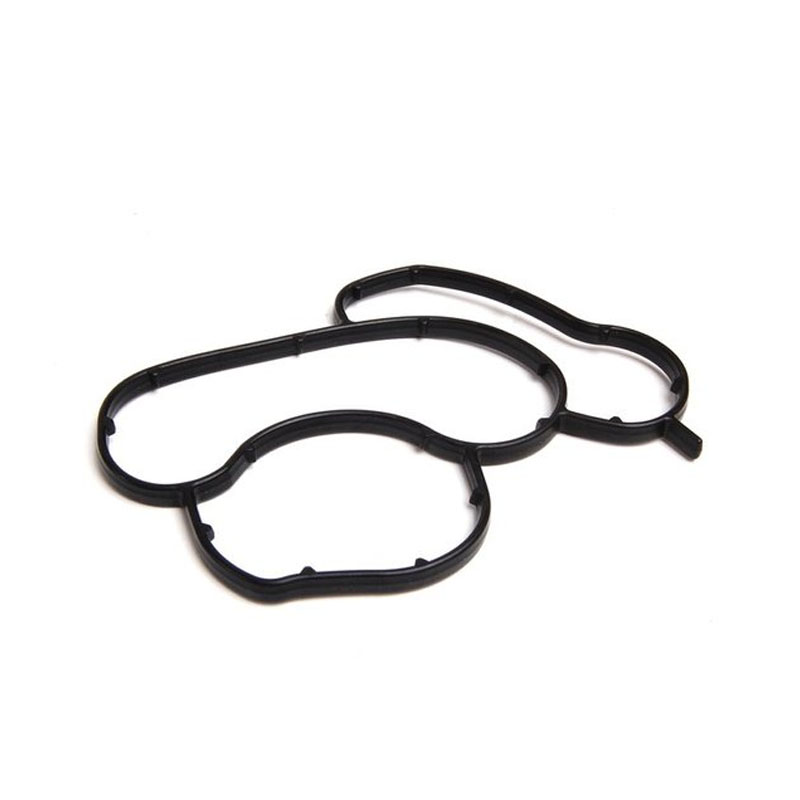High-Performance 17mm Sump Plug for Enhanced Oil Drainage and Engine Protection Efficiency
Understanding the 17mm Sump Plug A Key Component in Engine Maintenance
In the realm of automotive maintenance, every component plays a crucial role in ensuring the efficiency and longevity of a vehicle. Among these components, the sump plug, particularly the 17mm sump plug, stands out for its significance in the lubrication system of an engine. This article aims to delve into the importance of the sump plug, its functions, and the considerations for proper maintenance.
What is a Sump Plug?
A sump plug, also known as an oil drain plug, is a critical component located at the bottom of the engine's oil pan. Its primary function is to provide a means for draining used engine oil during an oil change. The 17mm designation refers to the size of the hex head of the plug, which is specifically designed for easy installation and removal using a socket or wrench. The appropriate size is crucial, as it ensures a snug fit, minimizing the risk of stripping the threads.
Importance of the Sump Plug
The sump plug plays a vital role in several ways
1. Oil Maintenance Regular oil changes are essential for maintaining an engine’s performance. The sump plug allows for efficient draining of old, contaminated oil, making way for fresh oil that lubricates the engine components.
2. Preventing Leaks A well-fitted sump plug helps maintain proper oil levels within the engine. Any leaks from a poorly sealed or damaged sump plug can lead to a significant loss of engine oil, resulting in severe engine damage if not addressed promptly.
3. Ease of Access The accessibility provided by the sump plug simplifies routine maintenance tasks. Being able to drain oil quickly and efficiently is paramount for both professional mechanics and do-it-yourself enthusiasts.
17mm sump plug

Maintenance Tips
To ensure the longevity and reliability of the sump plug, consider the following maintenance tips
1. Regular Inspection Regularly check the condition of the sump plug and its threads. Look for signs of wear or damage, such as cracks or corrosion, which could compromise its effectiveness.
2. Proper Torque Specifications When installing or reinstalling the sump plug, adhere to the manufacturer’s torque specifications. Over-tightening can strip threads or cause warping, while under-tightening may result in leaks.
3. Use of Gaskets Many sump plugs come with a rubber or metal gasket to create a tight seal. Ensure that the gasket is in good condition and replace it if it shows signs of wear. This will help prevent oil leaks.
4. Choosing the Right Size Always ensure you are using a 17mm socket or wrench specifically designed for the sump plug. Using the wrong size can lead to damaging the plug or the oil pan.
5. Oil Change Routine Adhere to a regular oil change schedule as recommended by the vehicle manufacturer. This not only keeps the engine running smoothly but also allows for inspection of the sump plug during each change.
Conclusion
The 17mm sump plug is not just a simple bolt; it is a crucial component in maintaining the health of your engine. Regular attention to this small yet significant part can prevent larger mechanical issues down the line. By conducting routine checks and following best practices for maintenance, vehicle owners can ensure that their engines continue to perform at their best for years to come. Whether you're a seasoned mechanic or a car owner looking to learn more about your vehicle, understanding the function and care of the sump plug is an essential part of automotive knowledge.
-
Everything You Need to Know About Oil Pan Gaskets and Drain Plug Seals
News Aug.01,2025
-
Essential for Car Owners: How to Use a Car Repair Kit to Deal with Minor Breakdown
News Aug.01,2025
-
Comprehensive Guide to Engine Oil Sump Gaskets and Related Seals
News Aug.01,2025
-
The Ultimate Guide to Boat Propeller Bearings and Trailer Wheel Bearings
News Jul.31,2025
-
The Essential Guide to Marine Bearings and Boat Trailer Wheel Bearings
News Jul.31,2025
-
The Complete Guide to Heavy Duty Seals: Protecting Doors and Spaces Efficiently
News Jul.31,2025
-
Essential Guide to Marine Shaft Bearings and Boat Trailer Axle Bearings
News Jul.31,2025
Products categories















